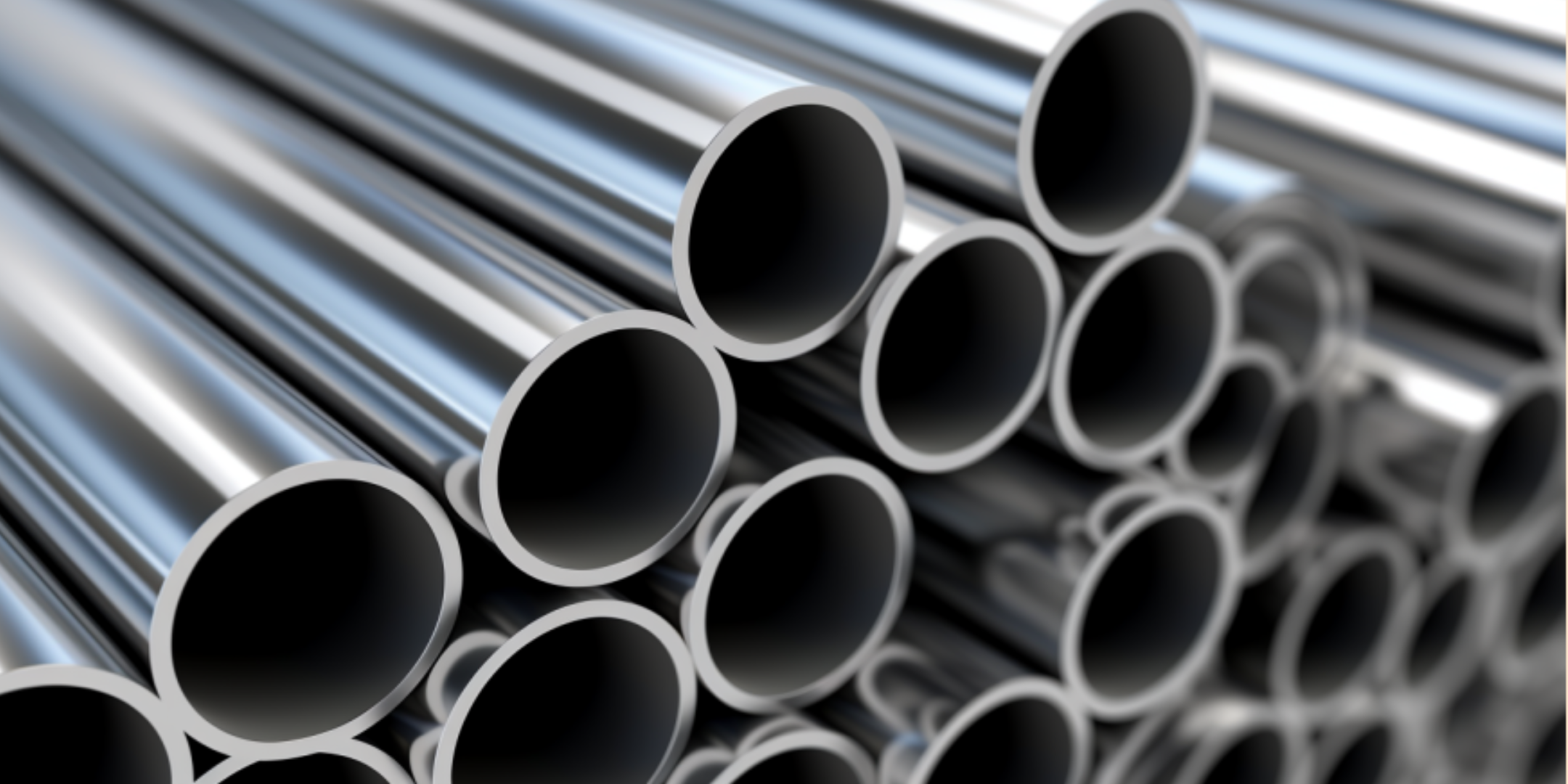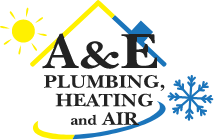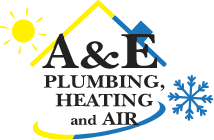Top 5 Best Materials Used for Trenchless Pipelining Repair
February 11th, 2025
4 min read
By Daphne Hunt

Your home’s plumbing is one of its most essential systems, but over time, pipes deteriorate, leading to leaks, blockages, and costly damage. Traditional pipe replacement often means extensive digging, disrupting your yard and daily life. That’s where trenchless pipelining repair comes in—a modern solution that restores your pipes without excavation.
leaks, blockages, and costly damage. Traditional pipe replacement often means extensive digging, disrupting your yard and daily life. That’s where trenchless pipelining repair comes in—a modern solution that restores your pipes without excavation.
With over 16 years of experience, we’ve helped homeowners like you find the best solutions for their plumbing problems. We understand that choosing the right repair method can be overwhelming, especially if you’re unfamiliar with the materials used in trenchless technology.
By the end of this article, you’ll have a clear understanding of the top materials used in trenchless pipelining repair, including their strengths, drawbacks, and costs. This knowledge will empower you to make the best decision for your home’s plumbing needs.
When Should You Consider Trenchless Pipelining?
Trenchless pipelining is a practical solution for homeowners facing pipe deterioration but wanting to avoid major excavation. However, it’s not the right choice for every situation. Here’s how to determine if trenchless pipelining is the best option for you:
Climate Considerations
Homes in regions with frequent temperature fluctuations or high moisture levels, like
homes in Hood River and Cascade Locks, often face challenges from frequent temperature fluctuations and high moisture levels. This can lead to pipe corrosion and root intrusion.
In areas like Hood River, seasonal freezes and thaws put stress on underground pipes, increasing the risk of cracks and leaks.
Meanwhile, Cascade Locks' heavy rainfall and high humidity create the perfect environment for invasive tree roots to penetrate sewer lines. Trenchless pipelining is an ideal solution for these conditions, providing a durable, non-invasive way to restore damaged pipes without the need for extensive excavation.
Type of Home
Older homes with aging plumbing systems benefit significantly from trenchless repairs, especially when preserving historic structures is a priority. If your home has minimal crawl space or basement access, trenchless technology prevents unnecessary damage to floors, landscaping, and foundations.
Budget and Long-Term Investment
While trenchless pipelining may have a higher upfront cost than minor pipe repairs, it is often more affordable than full pipe replacement, which involves labor-intensive excavation. Homeowners looking for a long-term, cost-effective solution will appreciate the durability of trenchless materials, which can extend pipe life by decades.
Extent of Pipe Damage
Trenchless pipelining works best for pipes with minor to moderate corrosion, small cracks, and root intrusion. If your pipes are completely collapsed or severely misaligned, a full replacement may be necessary.
Understanding these factors will help you decide whether trenchless pipelining is the right approach for your home’s plumbing system. Now, let’s break down the top 5 materials used in trenchless pipelining repair.
1. Epoxy Resin
Cost Estimate: $80-$250 per foot, depending on pipe size and condition.
Epoxy resin is one of the most widely used materials in trenchless pipelining, particularly for cured-in-place pipe (CIPP) lining. This method involves inserting a flexible liner soaked in epoxy resin into the damaged pipe, which is then inflated and cured in place to create a new, seamless inner pipe.
Pros of Epoxy Resin Liners
- Creates a corrosion-resistant and watertight inner pipe.
- Extends the lifespan of pipes by 50+ years.
- Compatible with multiple pipe materials, including clay, cast iron, and PVC.
Cons of Epoxy Resin Liners
- Requires more curing time compared to other materials.
- Adhesion issues may arise in excessively wet conditions.
Best For: Homeowners looking for a long-term repair solution for cracks, corrosion, and minor structural damage.
2. Polyurethane (PU) Liners
Cost Estimate: $100-$300 per foot, depending on thickness and pipe size.%20Liners.png?width=411&height=274&name=Polyurethane%20(PU)%20Liners.png)
Polyurethane liners offer a more flexible, quick-curing alternative to epoxy-based liners. These liners are particularly effective when time-sensitive repairs are needed, as they cure significantly faster.
Pros of PU Liners
- Highly resistant to chemical damage and abrasion.
- Quick curing time, reducing overall repair duration.
- Lightweight yet strong, making it ideal for aging pipes.
Cons of PU Liners
- Not as long-lasting as epoxy resin.
- Can be more expensive than some other materials.
Best For: Repairs requiring rapid turnaround or cases where traditional epoxy may not adhere well.
3. Fiberglass Reinforced Pipe (FRP) Liners
Cost Estimate: $150-$400 per foot, depending on application and thickness.
Fiberglass liners combine strength and flexibility, making them a preferred choice for high-pressure and structurally demanding applications. These liners are used in both municipal and industrial trenchless repairs where durability is crucial.
Pros of FRP Liners
- Can withstand high pressure and heavy loads.
- Extremely durable, resistant to cracking and fractures.
- Commonly used in municipal and industrial pipelines.
Cons of FRP Liners
- Higher cost compared to other materials.
- Requires professional installation due to its rigidity.
Best For: Pipes in high-pressure environments or those needing extra reinforcement.
4. Polyvinyl Chloride (PVC) Liners
Cost Estimate: $50-$150 per foot, making it one of the most cost-effective options.%20Liners.png?width=418&height=279&name=Polyvinyl%20Chloride%20(PVC)%20Liners.png)
PVC liners are widely used for slip lining, a trenchless repair technique that involves inserting a slightly smaller pipe inside the damaged pipe. PVC offers an affordable and widely available solution for trenchless pipelining.
Pros of PVC Liners
- Budget-friendly compared to other materials.
- Highly resistant to corrosion and root intrusion.
- Works well in gravity flow sewer systems.
Cons of PVC Liners
- Less flexible than alternative materials.
- Can be more difficult to install in tight or curved pipelines.
Best For: Homeowners on a budget looking for an effective, long-lasting repair.
5. CIPP Felt Liners (Polyester or Fiberglass)
CIPP felt liners, made from polyester or fiberglass, are commonly used in trenchless repairs because they can conform to various pipe shapes and sizes. These liners are soaked in resin, inserted into the damaged pipe, and then cured to form a solid new pipe inside the old one.
Pros of CIPP Felt Liners
- Highly versatile, making them suitable for different pipe configurations.
- Provides a smooth interior, improving water flow.
- Extends pipe lifespan by decades.
Cons of CIPP Felt Liners
- More expensive for large-scale projects.
- Requires precise curing conditions to ensure effectiveness.
Best For: Pipes with irregular shapes or cases where a smooth interior surface is needed for better functionality.
Choosing the Right Material for Your Trenchless Repair
If your pipes are showing signs of wear—leaks, corrosion, or slow drainage—you might be considering trenchless pipelining as a solution. With over 16 years of experience helping homeowners navigate pipe repair options, we understand that choosing the right approach can feel overwhelming. This technology offers a way to restore your plumbing system without the mess and disruption of traditional excavation.
trenchless pipelining as a solution. With over 16 years of experience helping homeowners navigate pipe repair options, we understand that choosing the right approach can feel overwhelming. This technology offers a way to restore your plumbing system without the mess and disruption of traditional excavation.
If you’re still unsure which trenchless method is best for your pipes, consulting a professional can help you weigh your options. With extensive experience in trenchless solutions, experts can guide you toward the most effective repair for your home. Taking action now can prevent costly damage down the road and ensure your plumbing system remains reliable for years to come.
Daphne Hunt holds a bachelor's degree in English and Mass Communication and has a lifelong passion for writing. She thrives on using her skills to craft compelling pieces that inform, inspire, and connect with readers.
Topics:



